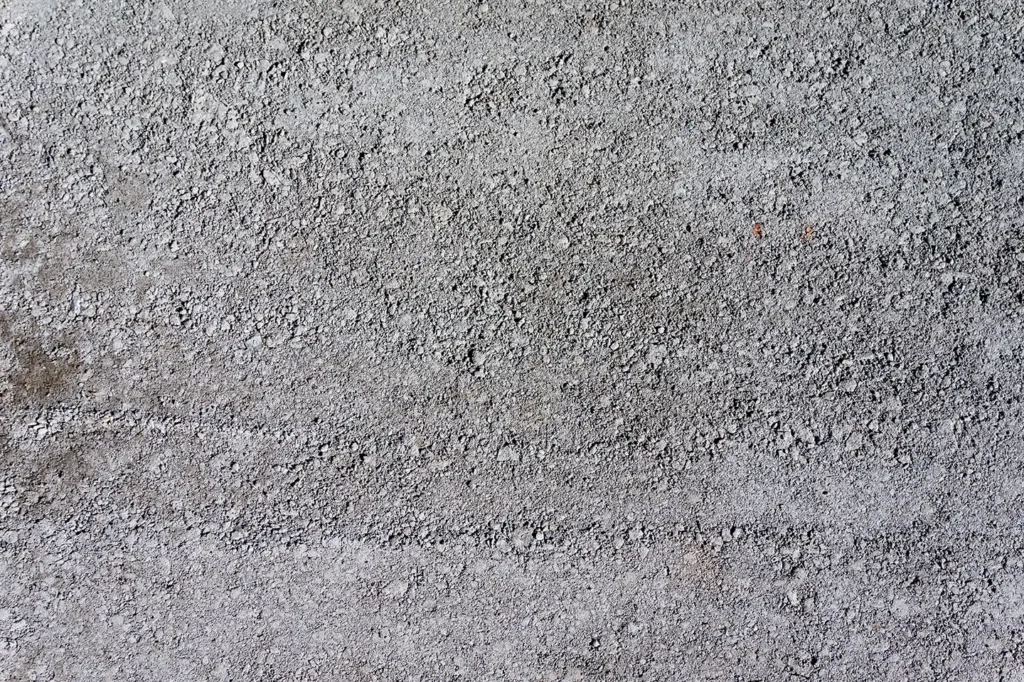Advantages of Pervious Concrete
Pervious concrete is a specialized concrete mix that allows water to pass through, making it an ideal choice for commercial projects where stormwater management is a concern. This type of concrete offers several advantages, including improved drainage, reduced runoff, and enhanced groundwater recharge.
One of the key benefits of pervious concrete is its ability to reduce the risk of flooding by allowing water to infiltrate the ground instead of pooling on the surface. This can be particularly useful in areas with high rainfall or where traditional concrete surfaces can contribute to drainage issues. Additionally, pervious concrete can help replenish groundwater supplies, supporting the local ecosystem and reducing the strain on municipal water systems.
Sustainable Concrete Solutions
As the construction industry continues to evolve, there is a growing emphasis on sustainable and eco-friendly building materials. Concrete manufacturers have responded by developing innovative solutions that address environmental concerns while maintaining the strength and durability that make concrete a popular choice for construction projects.
One such solution is the use of recycled or reclaimed materials in concrete mixes. By incorporating materials like fly ash, slag, or recycled aggregates, concrete producers can reduce the environmental impact of their products and contribute to a more circular economy. These sustainable concrete options not only help to conserve natural resources but also divert waste from landfills, making them a more environmentally responsible choice for construction projects.
Advancements in Concrete Finishing Techniques
The appearance and finish of concrete can have a significant impact on the overall aesthetic of a construction project. As such, concrete finishing techniques have evolved to provide a wider range of options for designers and builders. From decorative patterns and textures to specialized coatings and sealants, there are now more ways than ever to customize the look and feel of concrete surfaces.
One innovative concrete finishing technique is the use of polished concrete. This process involves grinding and polishing the concrete surface to create a smooth, reflective finish that can mimic the appearance of natural stone or other high-end materials. Polished concrete not only enhances the visual appeal of a space but also offers practical benefits, such as improved durability and easier maintenance.
Concrete's Role in Resilient Infrastructure
As communities face increasing threats from natural disasters and climate change, the importance of building resilient infrastructure has become a critical priority. Concrete, with its inherent strength and durability, plays a crucial role in the construction of structures that can withstand the challenges posed by extreme weather events, seismic activity, and other environmental factors.
By incorporating design elements and construction techniques that enhance the resilience of concrete structures, engineers and architects can create buildings, bridges, and other infrastructure that are better equipped to withstand the impacts of natural disasters. This includes the use of reinforced concrete, specialized concrete mixes, and advanced construction methods that improve the overall structural integrity and resistance to environmental stressors.










